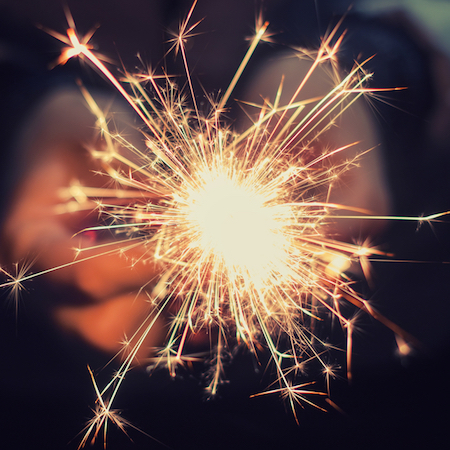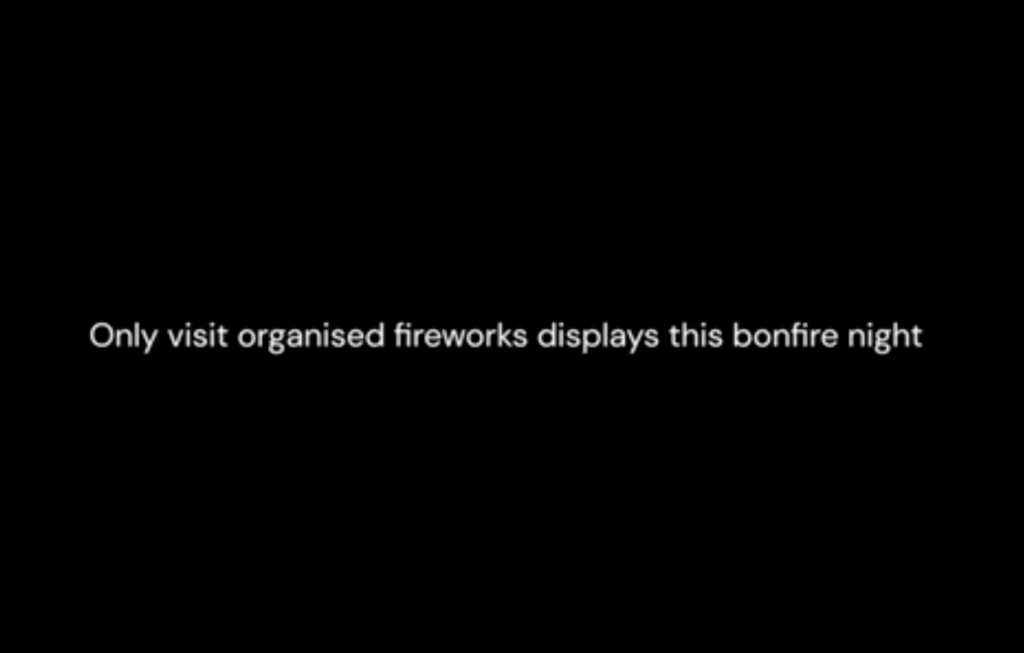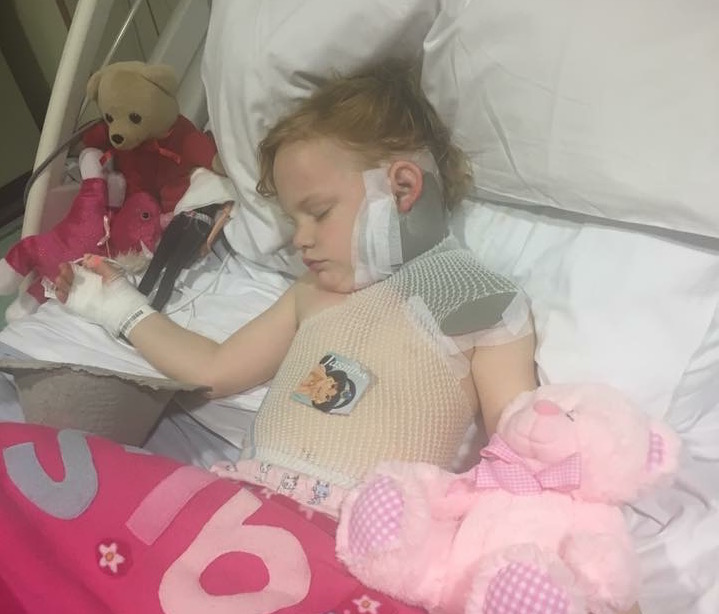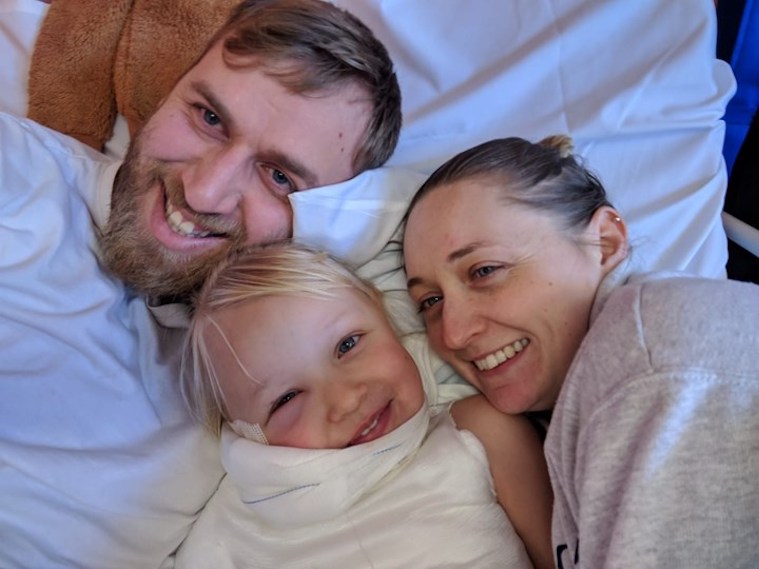煙花

據預測,今年將有 500 名兒童及其家人加入越來越多因錯誤原因而緬懷篝火之夜的行列。他們會因為煙火意外而受傷。
- The vast majority of injuries are to the eyes, head or hands – so children will have visible scars for life;
- Most injuries happen at private or family displays;
- Rocket, air bomb and sparkler incidents are the most common;
- Over 550 children under 16 are taken to A&E in the four weeks surrounding bonfire night alone;
- Many more boys than girls are injured by fireworks – especially boys aged 12 to 15 years.
Sparklers are often seen as a relatively harmless way of allowing very young children to participate in the thrill of fireworks night – THIS IS NOT TRUE – a sparkler can reach temperatures of 20 times the boiling point of water.
Never give sparklers to children under the age of five. Make sure that older children wear gloves, hold the sparkler at arm’s length and ALWAYS have a bucket of water nearby to put the used sparklers in – hot end down.
Before they explode read the code! Read the Child Accident Prevention Trust’s advice for staying safe around fireworks.
The best way to enjoy fireworks is at an organised display. The fireworks will be bigger, you’re not responsible for safety and you’ll be part of the crowd. However, if you do decide to host your own firework display, here’s how you and your guests can stay safe.

Only attend organised Firework displays, Kay explains why…
"Whatever distance you think is safe to be near a flame you're probably underestimating it and you probably need to be further away." Kay's four year old daughter, Tilly experienced severe third-degree burns in a garden fire.

倖存者的故事
Firework accidents can be catastrophic, and are any parent’s worst nightmare.
By telling their stories, our inspiring families help us to highlight the risks posed to children and how to prevent such accidents from happening.
Do
Don't
Rosie May's Story
影響
家長和兒童參加了 2022 年的家庭週末活動
我們私人 Facebook 群組的成員,為燒傷兒童的父母和照顧者提供支持
去年募款收入下降

